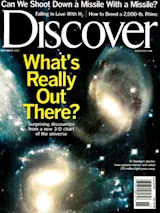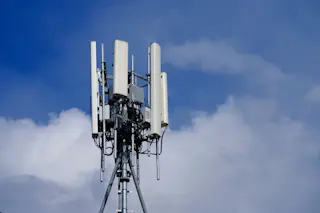by Fenella Saunders
Burdened with inefficient carbon-filament bulbs and weak batteries, early flashlights lasted only a few seconds when the user held down a tab or ring. The first of these portable lights was patented in 1898 by American inventor David Misell, who intended it as a bicycle lamp. Misell assigned his patents to his employer, Conrad Hubert, who founded American Ever-Ready Company. Hubert previously had experimented with light-up tie tacks and illuminated flowerpots--an idea passed along to him by Joshua Lionel Cowen, who went on to create Lionel toy trains. With Misell's help, Hubert developed the first tubular flashlight, and collected testimonials by handing out early versions to policemen in New York City. Soon several other companies introduced similar devices. Taking advantage of improved batteries and more efficient tungsten bulb filaments, Eveready released flashlights with on/off switches in 1911. Some flashlights began using fluorescent bulbs in 1968 and halogen bulbs in 1984. Super-efficient white LEDs allow the newest flashlights to shine 35 hours on one set of batteries.














